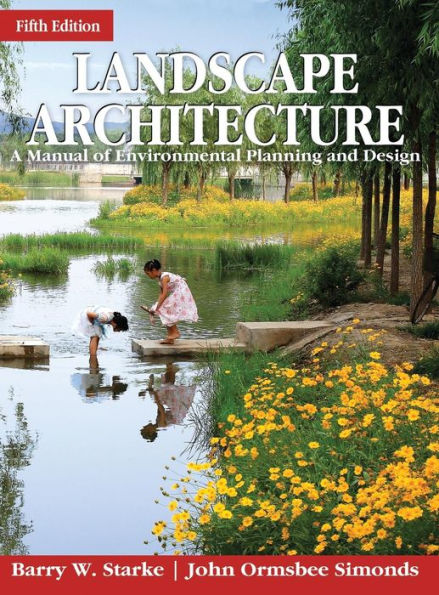5
1
9780071797658


Landscape Architecture: A Manual of Environmental Planning and Design / Edition 5 available in Hardcover, eBook

Landscape Architecture: A Manual of Environmental Planning and Design / Edition 5
- ISBN-10:
- 0071797653
- ISBN-13:
- 9780071797658
- Pub. Date:
- 03/08/2013
- Publisher:
- McGraw Hill LLC
- ISBN-10:
- 0071797653
- ISBN-13:
- 9780071797658
- Pub. Date:
- 03/08/2013
- Publisher:
- McGraw Hill LLC

Landscape Architecture: A Manual of Environmental Planning and Design / Edition 5
$118.0
Current price is , Original price is $118.0. You
$118.00
This item is available online through Marketplace sellers.
$53.19
This item is available online through Marketplace sellers.
118.0
Out Of Stock

Product Details
| ISBN-13: | 9780071797658 |
|---|---|
| Publisher: | McGraw Hill LLC |
| Publication date: | 03/08/2013 |
| Edition description: | New Edition |
| Pages: | 432 |
| Product dimensions: | 8.60(w) x 11.00(h) x 1.30(d) |
About the Author
From the B&N Reads Blog

